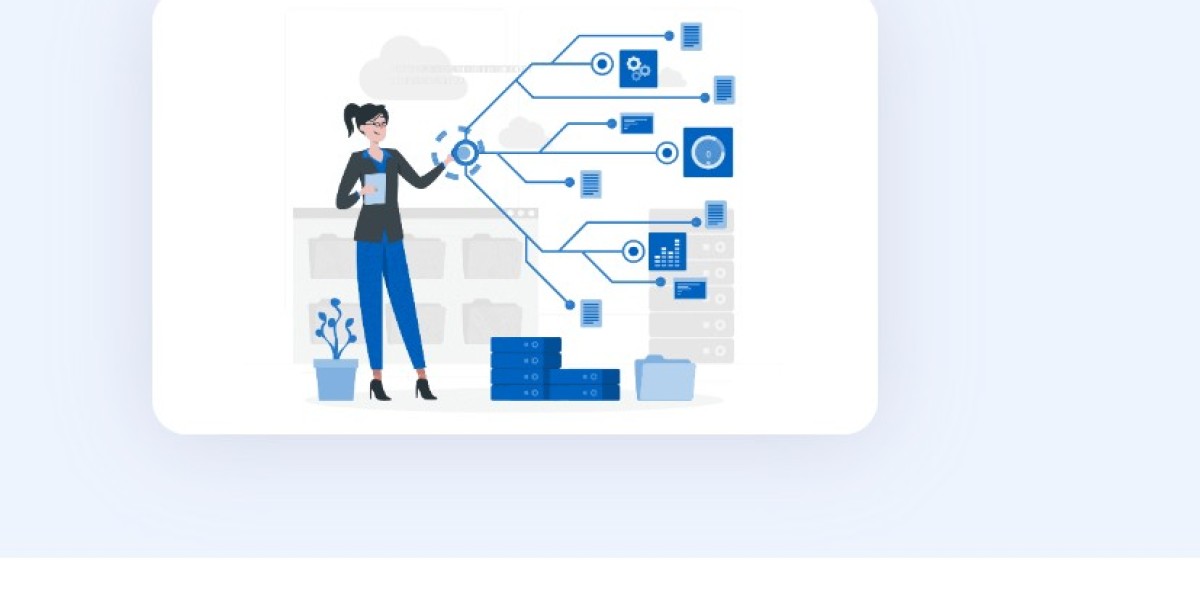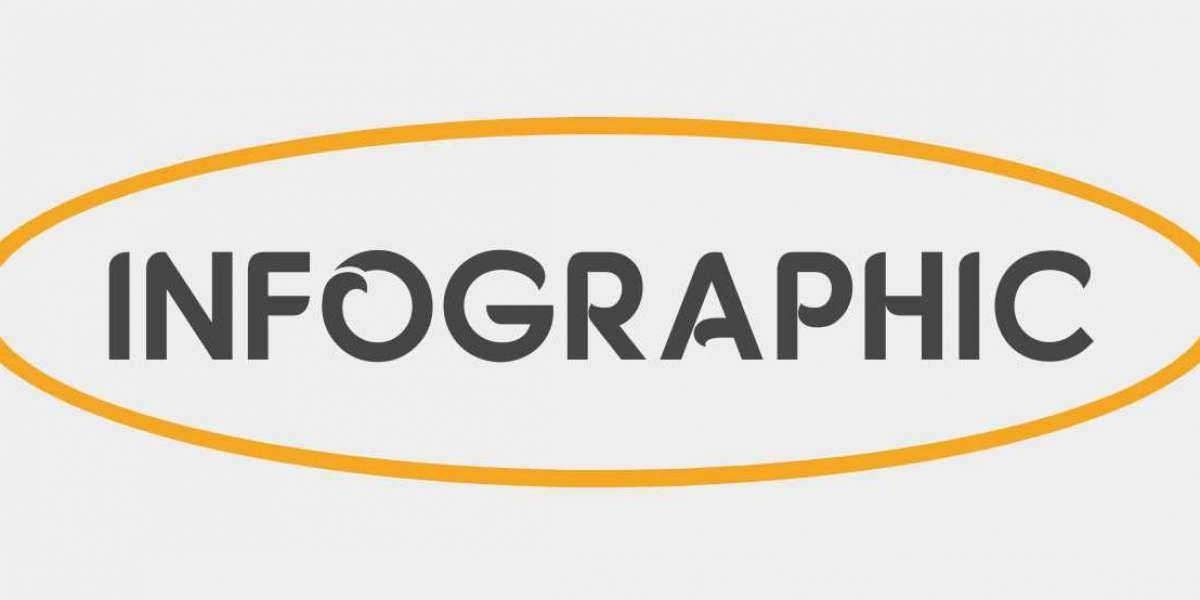Introduction
In recent years, mental health has become a focal point of public health discussions, driven by increasing awareness and understanding of its importance. Concurrently, the proliferation of smartphones and mobile applications has created new opportunities for mental health support. Mental health apps have emerged as accessible, flexible, and often cost-effective tools for individuals seeking to manage their mental well-being. This article provides a comprehensive guide to mental health app development, covering the importance of these apps, their types, essential features, development process, challenges, and future trends.
The Importance of Mental Health Apps
Mental health apps play a crucial role in modern healthcare, offering numerous benefits:
Accessibility
Mental health apps provide support to individuals who may not have access to traditional mental health services due to geographical, financial, or social barriers. They allow users to seek help privately and conveniently from their own devices.
Anonymity
For many, the stigma associated with mental health issues can be a significant barrier to seeking help. Mental health apps offer a level of anonymity that can encourage more people to reach out for support.
Flexibility
Unlike traditional therapy sessions that require scheduled appointments, mental health apps are available 24/7. This flexibility allows users to access support whenever they need it.
Cost-Effectiveness
While therapy can be expensive, many mental health apps are available for free or at a low cost. This makes mental health support more affordable and accessible to a wider audience.
Self-Management
Mental health apps empower users to take control of their mental well-being. They provide tools for self-assessment, self-help, and self-monitoring, promoting proactive mental health management.
Types of Mental Health Apps
1. Therapy and Counseling Apps
These apps connect users with licensed therapists via text, voice, or video calls. Examples include BetterHelp and Talkspace. They provide professional mental health support without the need for in-person visits.
2. Meditation and Mindfulness Apps
Apps like Headspace and Calm offer guided meditation sessions, mindfulness exercises, and stress-relief techniques. They help users manage stress, anxiety, and depression through regular practice.
3. Mood Tracking Apps
Mood tracking apps, such as Moodpath and Daylio, allow users to log their emotions, thoughts, and behaviors. This data helps users identify patterns and triggers, providing valuable insights into their mental health.
4. Self-Help Apps
Self-help apps like Happify and Youper provide tools and resources for managing mental health independently. They include educational content, coping strategies, and interactive exercises.
5. Community Support Apps
Apps such as 7 Cups and Wisdo create a space for users to connect with others experiencing similar mental health challenges. They foster a sense of community and provide peer support through forums, chat rooms, and support groups.
6. Cognitive Behavioral Therapy (CBT) Apps
CBT apps, like Woebot and Moodnotes, provide structured exercises based on cognitive-behavioral therapy principles. They help users identify and change negative thought patterns and behaviors.
Key Features of Mental Health Apps
1. User-Friendly Interface
A user-friendly interface is crucial for mental health apps. The design should be intuitive, with clear navigation and a clean layout. Users should easily find and access the app’s features without confusion or frustration.
2. Privacy and Security
Given the sensitive nature of mental health data, robust privacy and security measures are essential. Encryption, secure data storage, and compliance with regulations such as HIPAA (Health Insurance Portability and Accountability Act) are critical.
3. Personalization
Personalization enhances user engagement by tailoring the app experience to individual needs. This can include personalized content recommendations, custom reminders, and adaptive learning algorithms that adjust to the user's progress.
4. Integration with Wearables
Integration with wearable devices can provide users with real-time data on their physical health, such as heart rate and sleep patterns. This information can be used to offer personalized insights and recommendations for mental well-being.
5. Offline Access
Providing offline access to essential resources ensures that users can continue to benefit from the app regardless of their location or internet connectivity. This is especially important for users in areas with limited internet access.
6. Professional Support
For therapy and consultation apps, access to licensed mental health professionals is crucial. This feature ensures that users receive accurate and professional guidance when needed.
7. Regular Updates and Maintenance
Regular updates and maintenance are necessary to keep the app functioning smoothly and securely. Developers should address bugs, add new features, and update content regularly to enhance the user experience.
Steps to Develop a Mental Health App
1. Market Research
Conduct thorough market research to understand the needs and preferences of your target audience. Identify gaps in the market and analyze competitor apps to determine what features and functionalities are most valued by users.
2. Define the Scope and Objectives
Clearly define the scope and objectives of your app. Determine the type of mental health app you want to create and outline the key features and functionalities it will offer. This step is crucial for setting a clear direction for the development process.
3. Create a Prototype
Develop a prototype of your app to visualize its design and functionality. This step allows you to test the user interface and gather feedback from potential users. Use this feedback to refine and improve the prototype before moving on to full-scale development.
4. Design and Development
Collaborate with a team of designers and developers to bring your app to life. Focus on creating an intuitive and visually appealing design, and ensure that the development process adheres to industry standards for security and performance.
5. Testing and Quality Assurance
Conduct thorough testing to identify and resolve any bugs or issues. This includes functional testing, usability testing, and security testing. Ensure that the app performs well under various conditions and provides a seamless user experience.
6. Launch and Marketing
Once the app is ready, launch it on relevant app stores and promote it through various marketing channels. Utilize social media, content marketing, and partnerships with mental health organizations to reach your target audience.
7. Gather Feedback and Iterate
After launch, gather feedback from users to identify areas for improvement. Regularly update the app with new features and enhancements based on user feedback. Continuously iterate to ensure that the app remains relevant and effective.
Challenges in Mental Health App Development
1. Regulatory Compliance
Mental health apps must comply with various regulations and standards, such as HIPAA in the United States. Ensuring compliance can be complex and requires a thorough understanding of relevant laws.
2. Data Privacy and Security
Protecting user data is a significant challenge, especially given the sensitive nature of mental health information. Developers must implement robust security measures to prevent data breaches and ensure user privacy.
3. User Engagement
Maintaining user engagement can be challenging, as users may lose interest or become discouraged if they do not see immediate results. It is important to design the app in a way that motivates users to continue using it over the long term.
4. Accessibility
Ensuring that the app is accessible to users with disabilities is crucial. This includes providing features such as voice commands, text-to-speech, and compatibility with screen readers.
5. Ethical Considerations
Mental health app developers must consider the ethical implications of their work. This includes ensuring that the app does not exploit users, providing accurate and evidence-based information, and being transparent about the app's limitations.
Future Trends in Mental Health App Development
1. AI and Machine Learning
Artificial intelligence (AI) and machine learning (ML) are poised to revolutionize mental health apps. These technologies can analyze user data to provide personalized insights, predict mental health crises, and offer tailored recommendations.
2. Virtual Reality (VR) and Augmented Reality (AR)
VR and AR have the potential to enhance mental health apps by providing immersive experiences. These technologies can be used for exposure therapy, relaxation exercises, and virtual support groups.
3. Integration with Healthcare Systems
Integrating mental health apps with electronic health records (EHR) and other healthcare systems can provide a more holistic approach to mental health care. This integration allows for better coordination between app-based interventions and traditional healthcare services.
4. Wearable Technology
The use of wearable technology in mental health apps is expected to grow. Wearables can provide real-time data on physiological indicators, helping users and healthcare providers monitor mental health more effectively.
5. Gamification
Gamification can enhance user engagement by incorporating game-like elements into the app. This can include rewards, challenges, and progress tracking, making the app experience more enjoyable and motivating.
6. Telehealth Integration
Telehealth services can be integrated into mental health apps to offer a comprehensive approach to mental well-being. This includes video consultations with healthcare professionals, real-time chat support, and access to digital health records.
7. Biometric Data
Future mental health apps may incorporate biometric data from devices like smartwatches and fitness trackers. Monitoring heart rate variability, sleep patterns, and activity levels can provide insights into an individual's mental health status.
8. Voice and Emotion Recognition
Advanced voice and emotion recognition technologies can analyze a user's tone of voice, speech patterns, and facial expressions to assess their emotional state. This can help in providing timely interventions and support.
Ethical and Legal Considerations
1. Informed Consent
Users must be fully informed about the data being collected and how it will be used. Clear consent processes and privacy policies are essential to maintain trust.
2. Data Ownership
Users should have control over their data, including the ability to access, modify, and delete it. Transparent data ownership policies are crucial.
3. Evidence-Based Practices
Mental health apps should be based on evidence-based practices and validated through clinical research. This ensures that the interventions provided are effective and safe.
4. Transparency
Developers must be transparent about the app's limitations and the qualifications of any professionals involved. This includes disclosing any potential conflicts of interest.
5. Emergency Protocols
Mental health apps should have clear protocols for handling emergencies. This includes providing users with information on how to access immediate help and incorporating features that can alert emergency contacts if needed.
Conclusion
Mental health app development is a dynamic and evolving field with the potential to significantly improve mental well-being. By providing accessible, personalized, and evidence-based support, mental health apps can empower individuals to take control of their mental health. However, developers must navigate various challenges, including regulatory compliance, data privacy, and user engagement, to create effective and ethical apps.
As technology continues to advance, the future of mental health apps looks promising. AI, VR, wearable technology, and telehealth integration are poised to play significant roles in shaping this landscape. By understanding the importance, types, features, and development process of mental health apps, developers can create innovative solutions that make a meaningful impact on users' lives.








